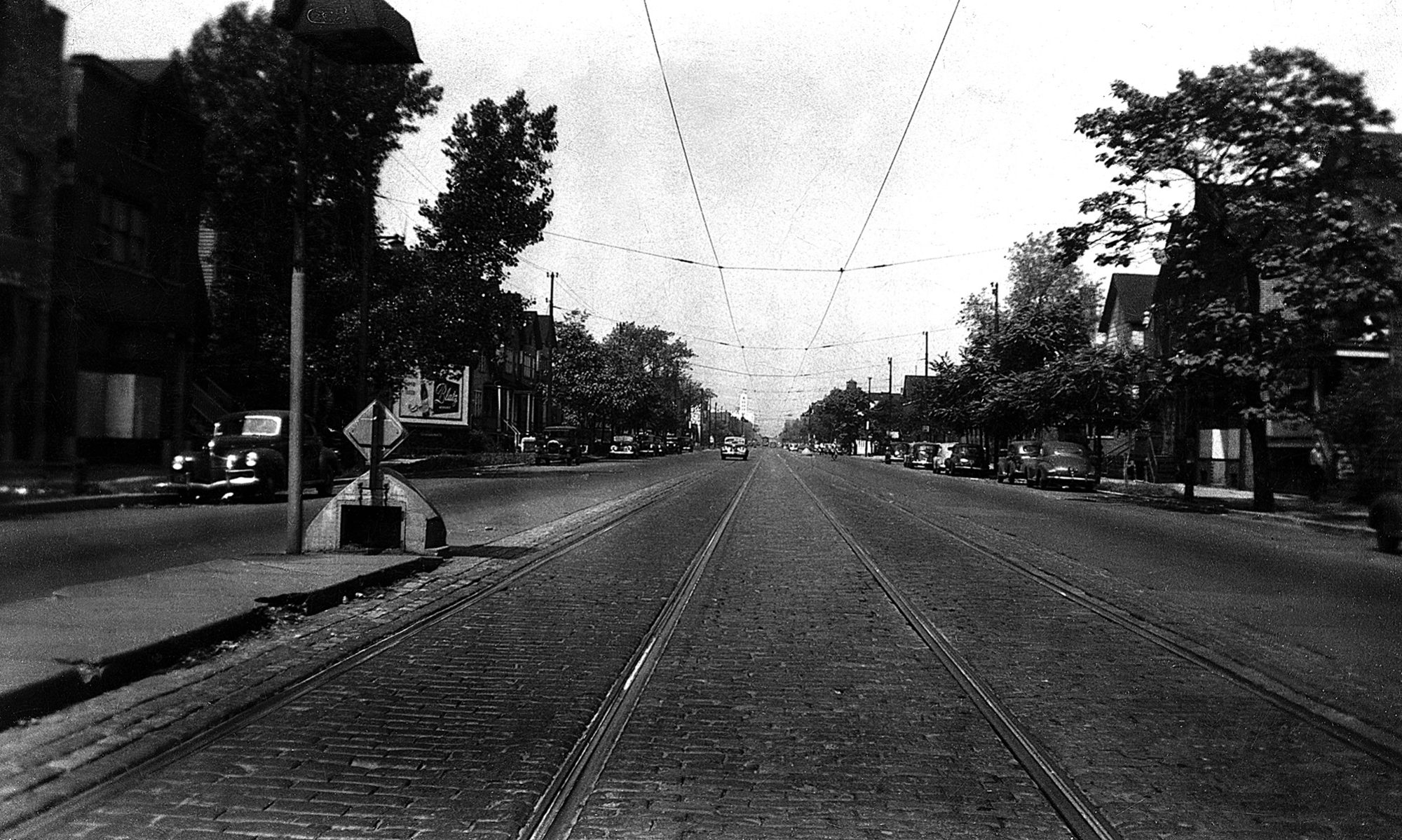My first Micro Four Thirds camera was a LUMIX DMC-GF1 that I purchased on eBay for $100 in 2016. That led to an upgrade to an Olympus Pen F in early 2017 and I was very happy with that camera for three years of shooting street images. A series of events led to my purchase of the G9.
The Pen F had a hard fail and I sent it to Olympus for major service that cost over $400. I do not blame Olympus for the failure since it is my street camera and received some rough treatment. It was never dropped, but it spent some time on the back of my bicycle getting bounced around in a trunk pack. The camera came back from Olympus in great shape and was taking pictures as well as it ever did. I am happy with Olympus service.
The COVID-19 pandemic hit and I began looking for a webcam so that I could experiment with streaming photo shows. My gallery was closed, my solo show was cancelled, and I was looking for an alternative. There were no webcams available. It is likely that many people had similar needs that were driven by the pandemic, including work meetings and school. All sources were out of stock.
I investigated using a digital camera as a webcam and found that the LUMIX line was especially popular for that purpose as well as for video production. The G9 with the latest firmware was for me the best compromise between the video capabilities and the still image features. It is primarily a still camera, but has video features that overlap somewhat with the LUMIX DC-GH5 that is very popular for web streaming and video.
There are plenty of reviews for both the G9 and GH5 on the Internet, so I will not try to repeat them. My rationale for buying the G9 and sticking with Micro Four Thirds included the reviews, but also my desire for a light camera that i could carry all day. While the G9 body weighs more than the Pen F, the combination of the camera and the preferred lens weighs about the same. I was using the M. Zuiko 25mm f/1.2 lens on the Pen F, a heavy and bulky lens. On the G9 I have a Leica Summilux 25mm f/1.4 that has a much smaller footprint.
I had lots of reasons for the upgrade. My new street kit with the G9 is moisture resistant. Videos are impressive, assisted by effective Image Stabilization. In my opinion the auto focus for stills is much better than the Pen F and the shutter is more responsive. I can rip off back-to-back images much more quickly. I hooked it up with my computer and Open Broadcast Software (OBS) and got great results for web streaming.
I have had my G9 on the street a couple of times and am totally converted from the Pen F.

The image above is reduced resolution, but I think shows the excellent color and contrast rendering by the sensor and the LUMIX firmware. The image is straight out of the camera with only the resampling to 640 x 480 from the native resolution.
So far I am very happy with my choice and I consider it a significant upgrade from my Pen F. Many will question my judgement in sticking with Micro Four Thirds. The format has many limitations, especially in low light. Low light is not a problem for me since I do most of my street photography in daylight. For me the light weight and other street-friendly features close the deal.
